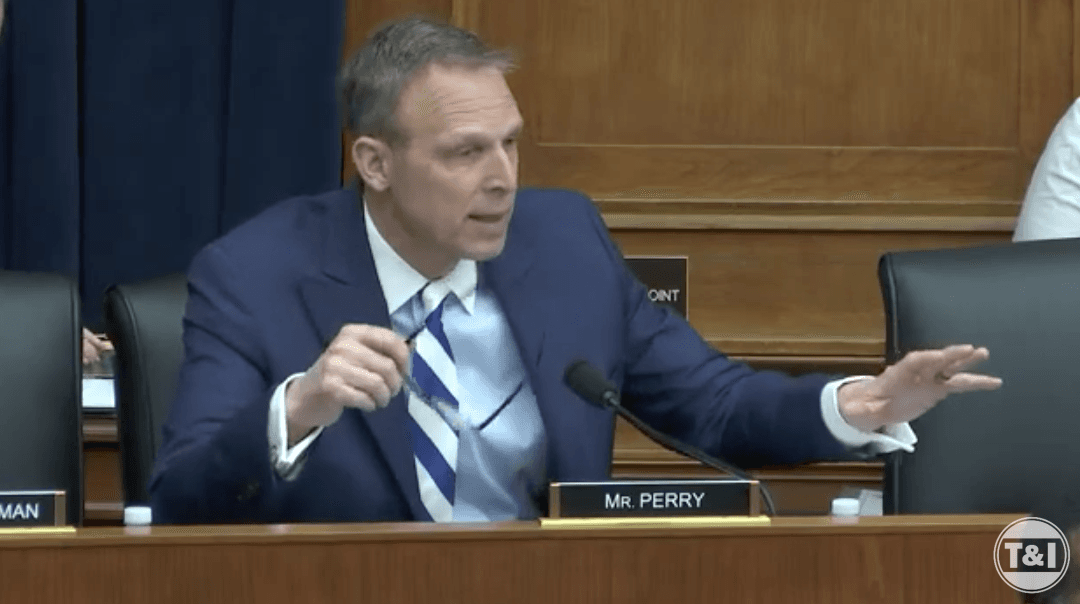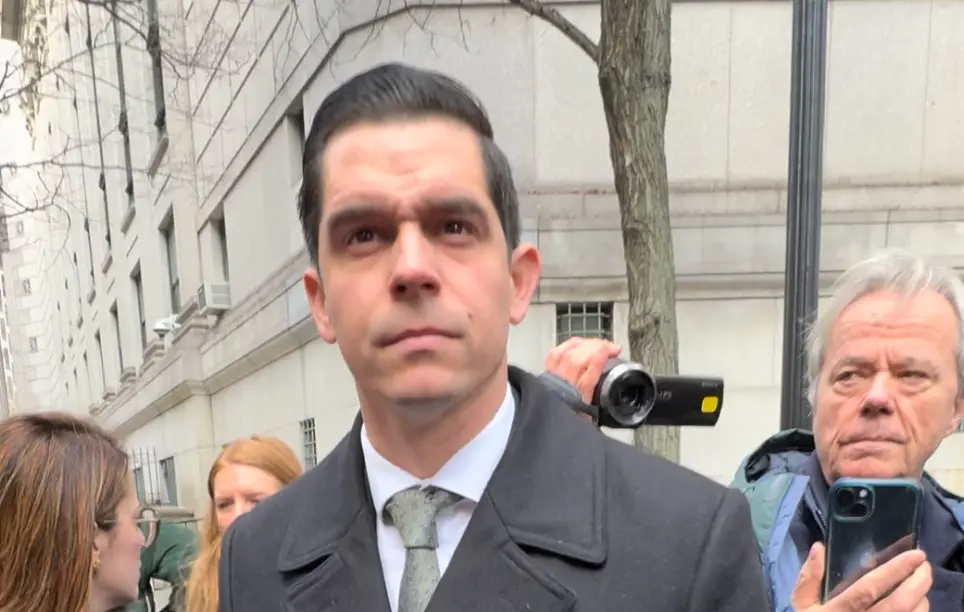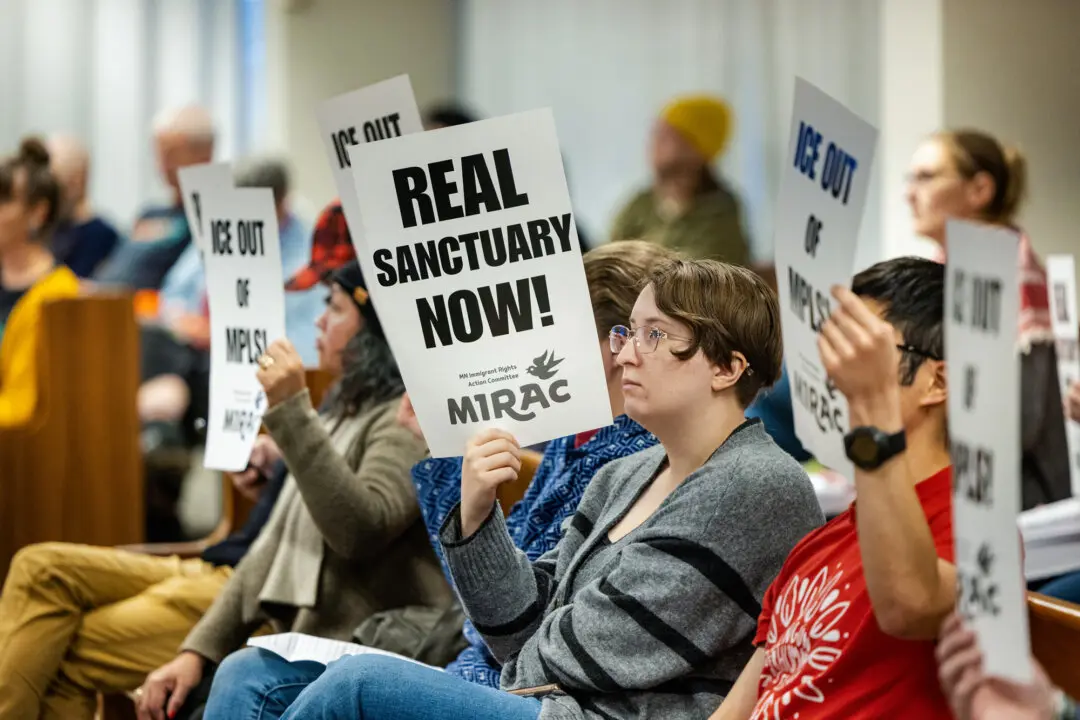A Pennsylvania congressman, who’s also a pilot, says avoiding “the pucker factor” needs to take top priority in American aviation.
“I don’t know if anybody’s familiar with catastrophic engine failure in flight, but I can guarantee you, it’s an unpleasant experience,” U.S. Rep. Scott Perry (R-Pa.) said on March 9, discussing a possible result of using a fuel that’s environmentally friendly but the wrong type for an aircraft’s engine.





